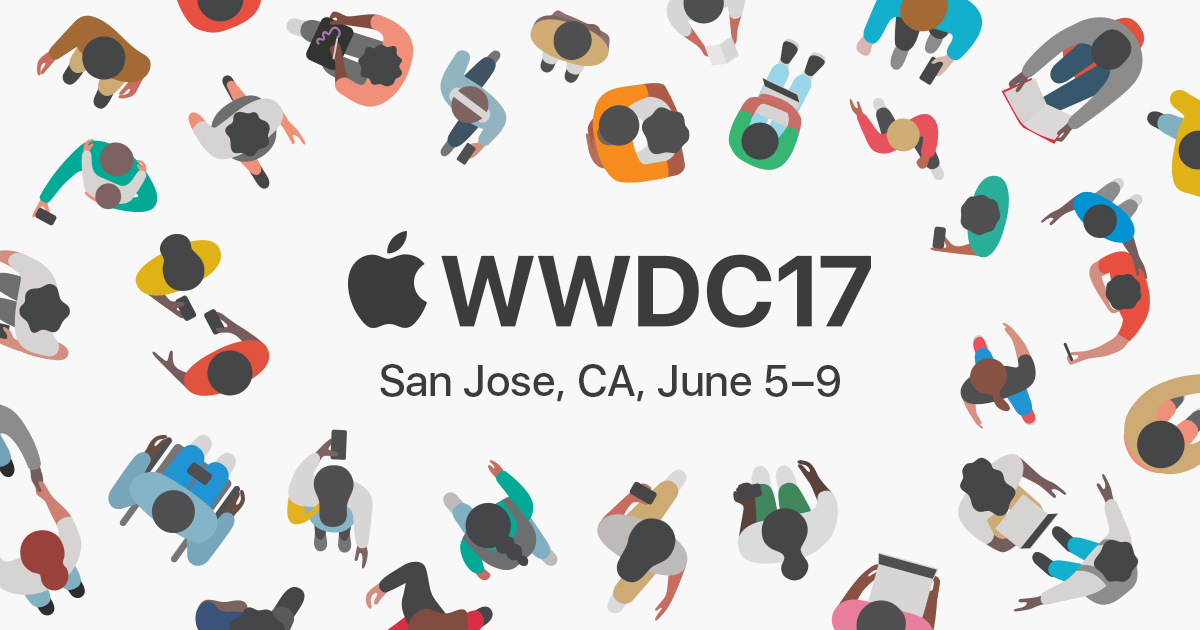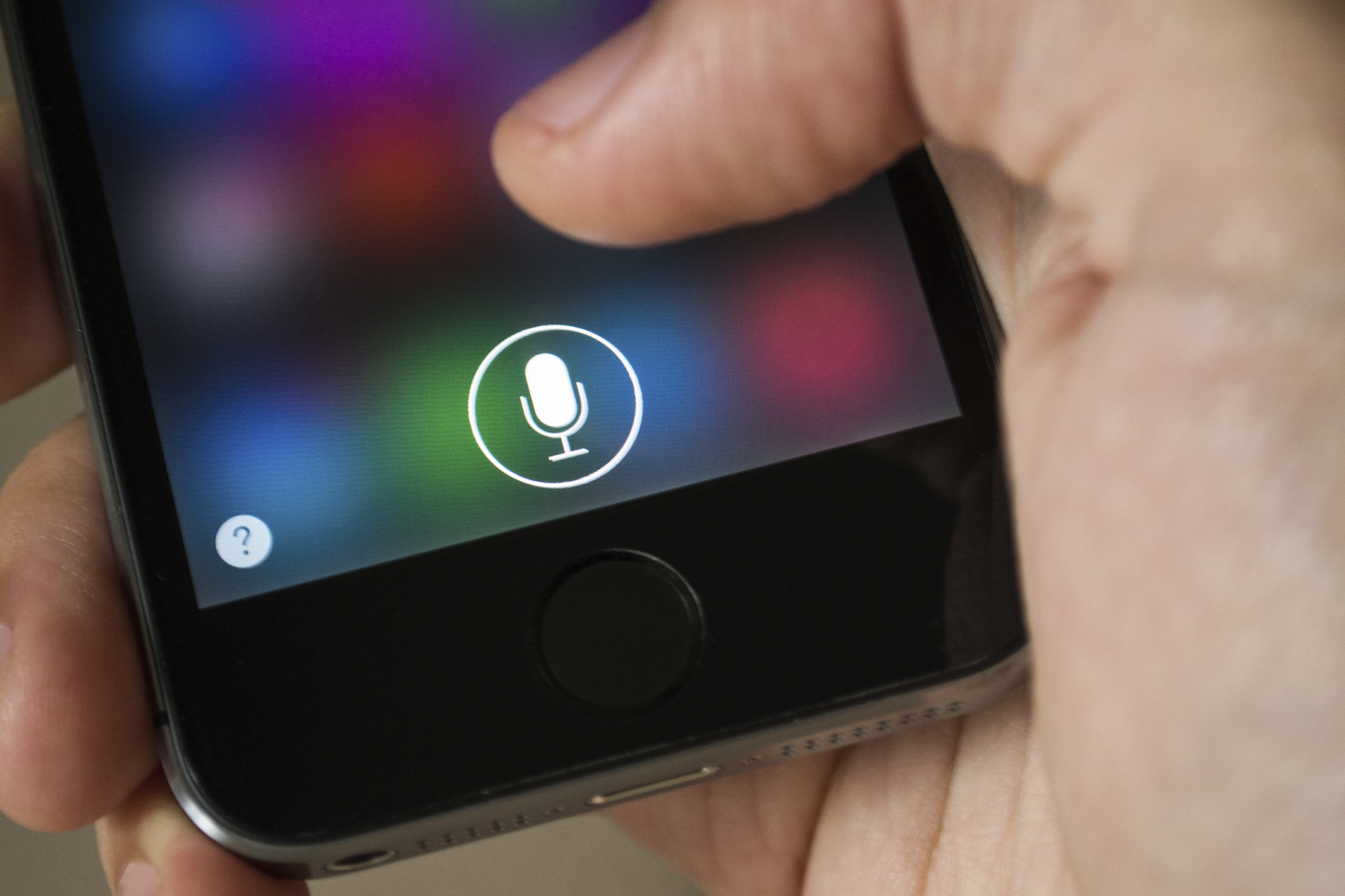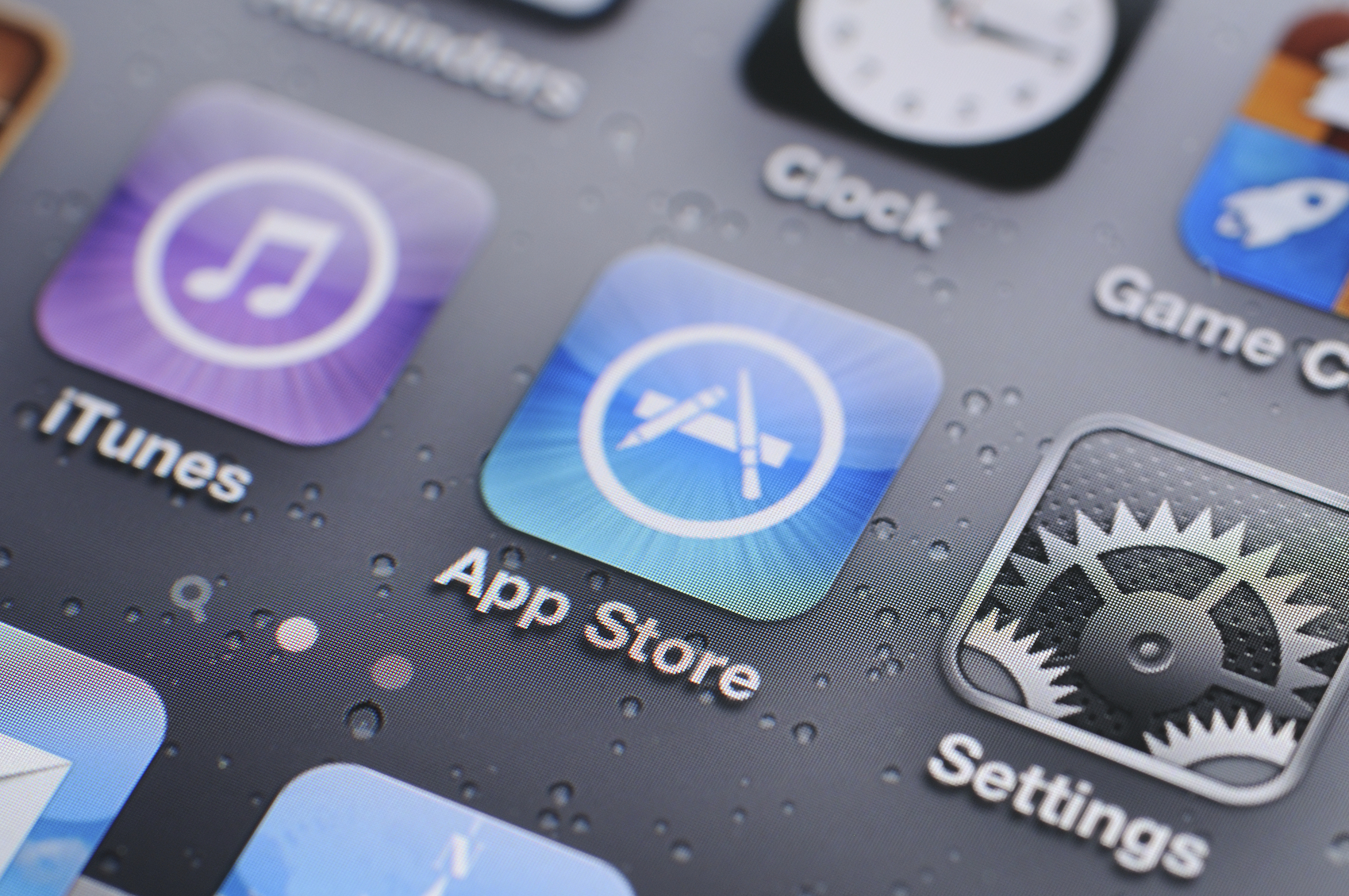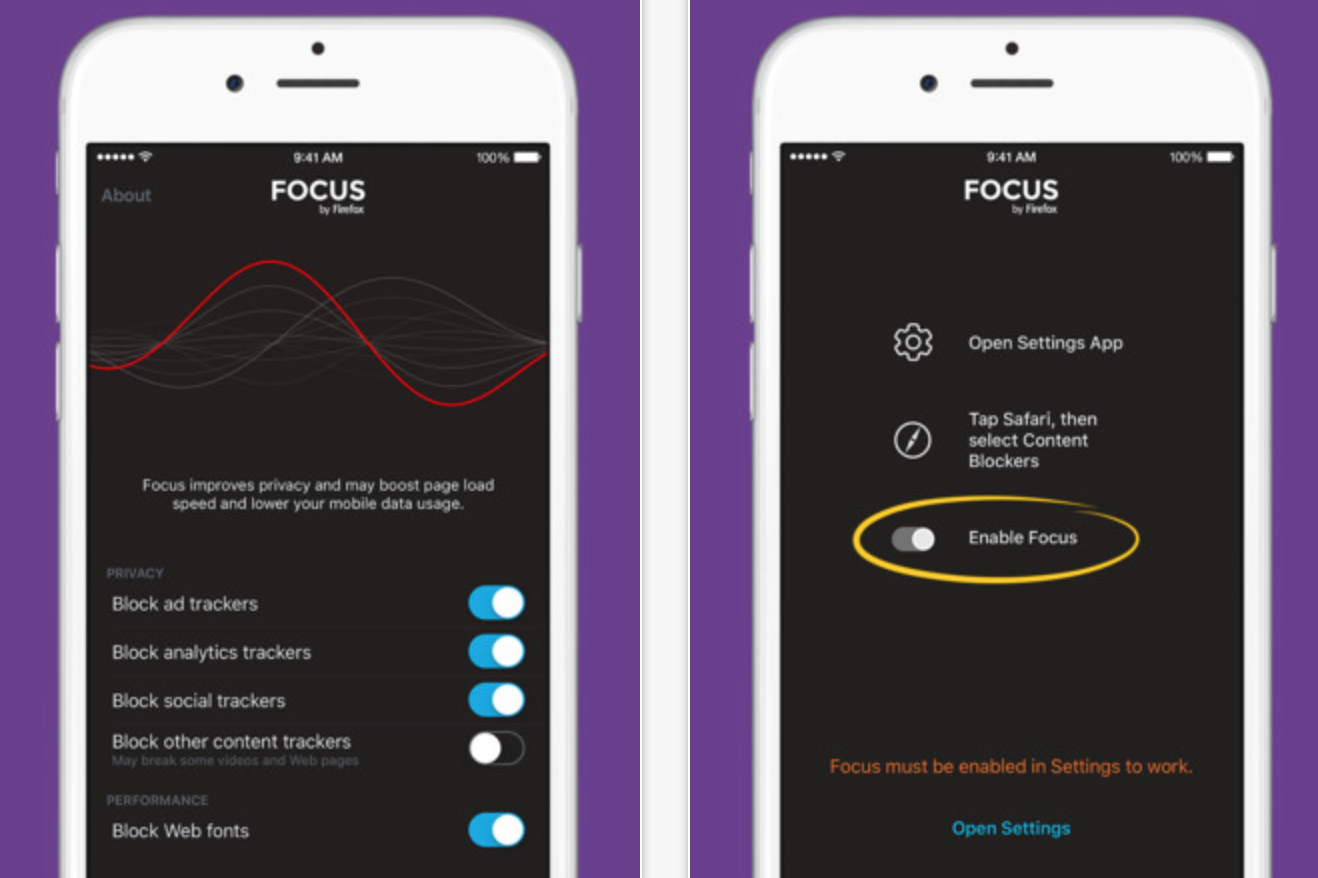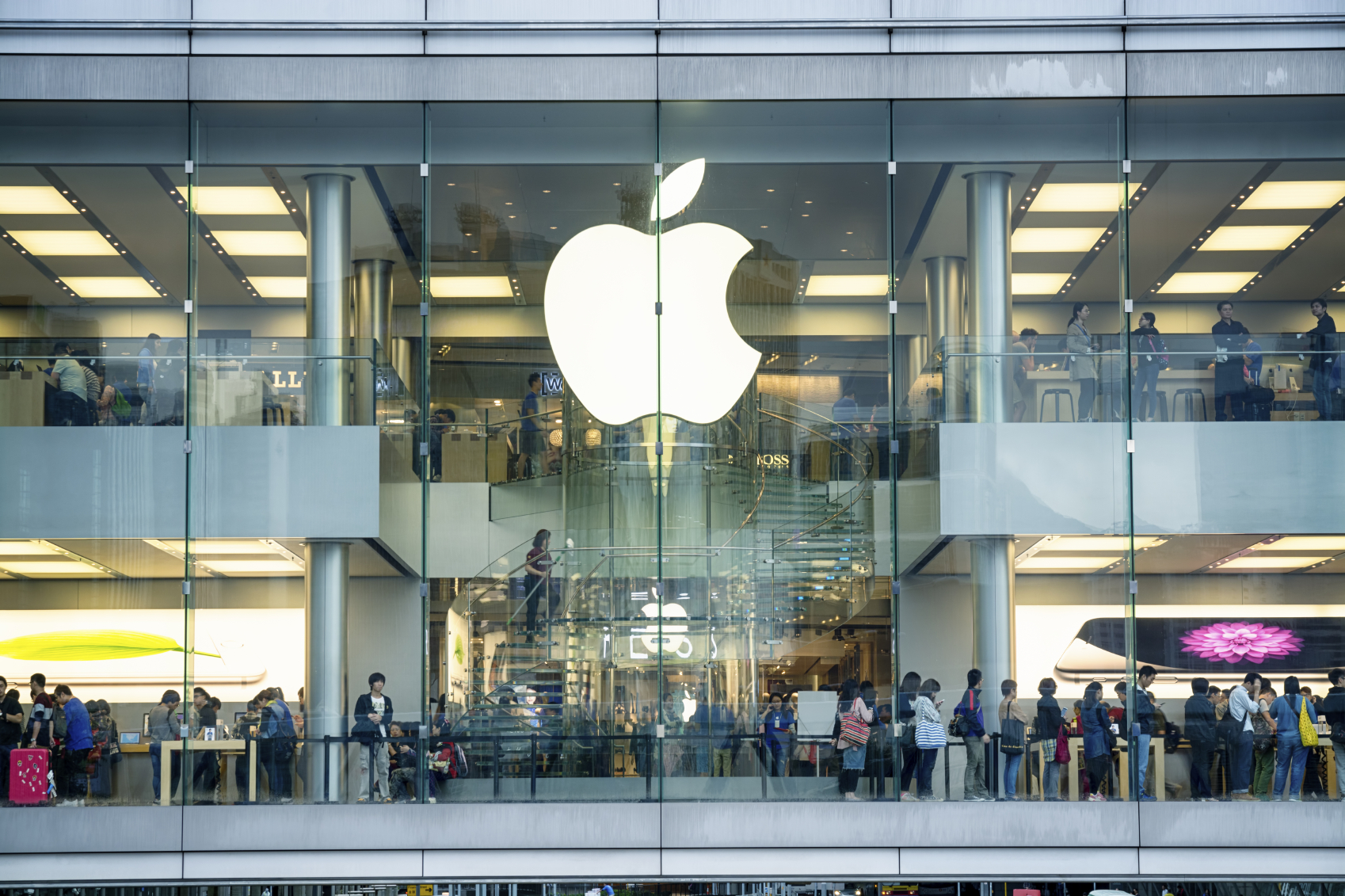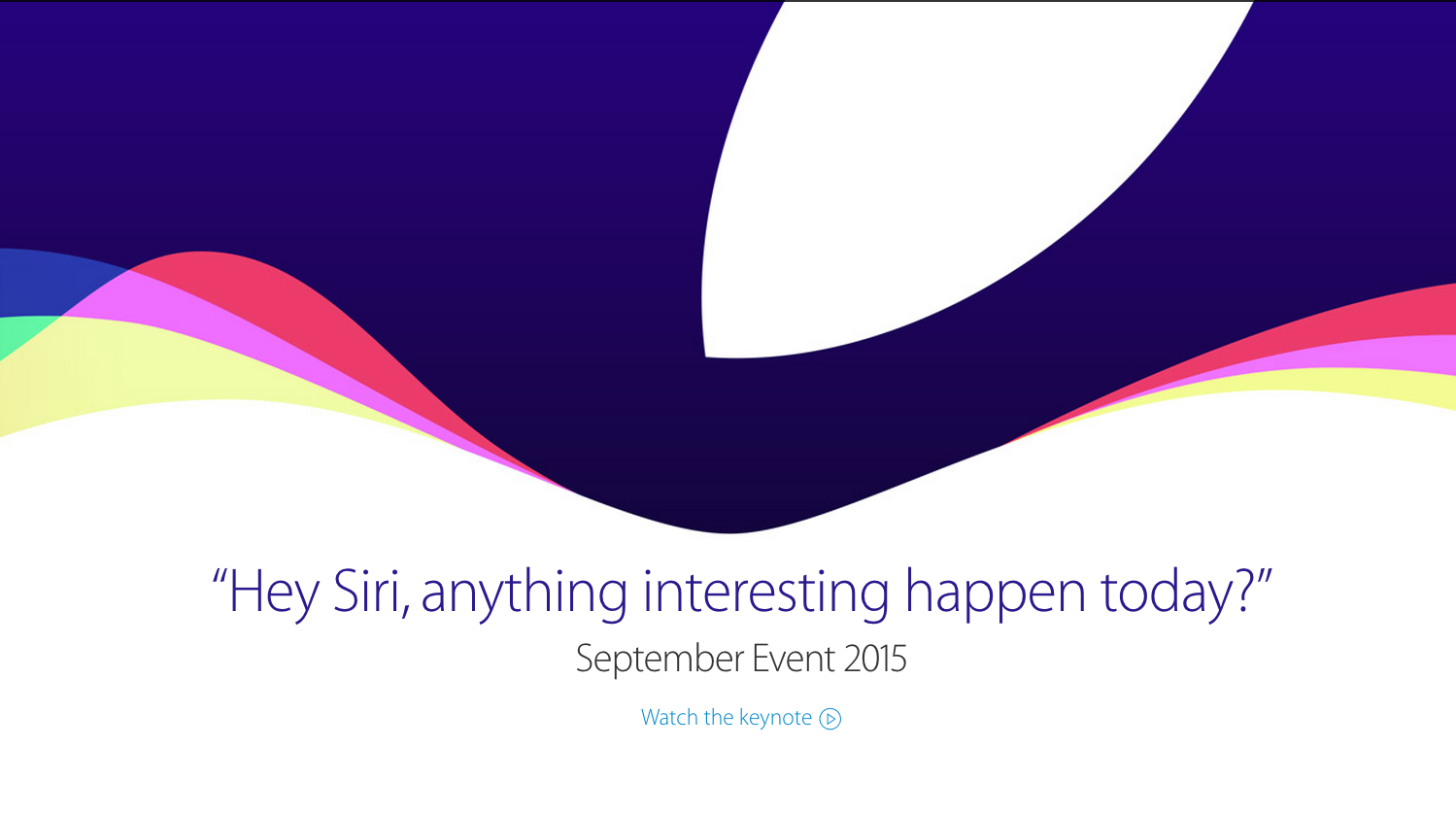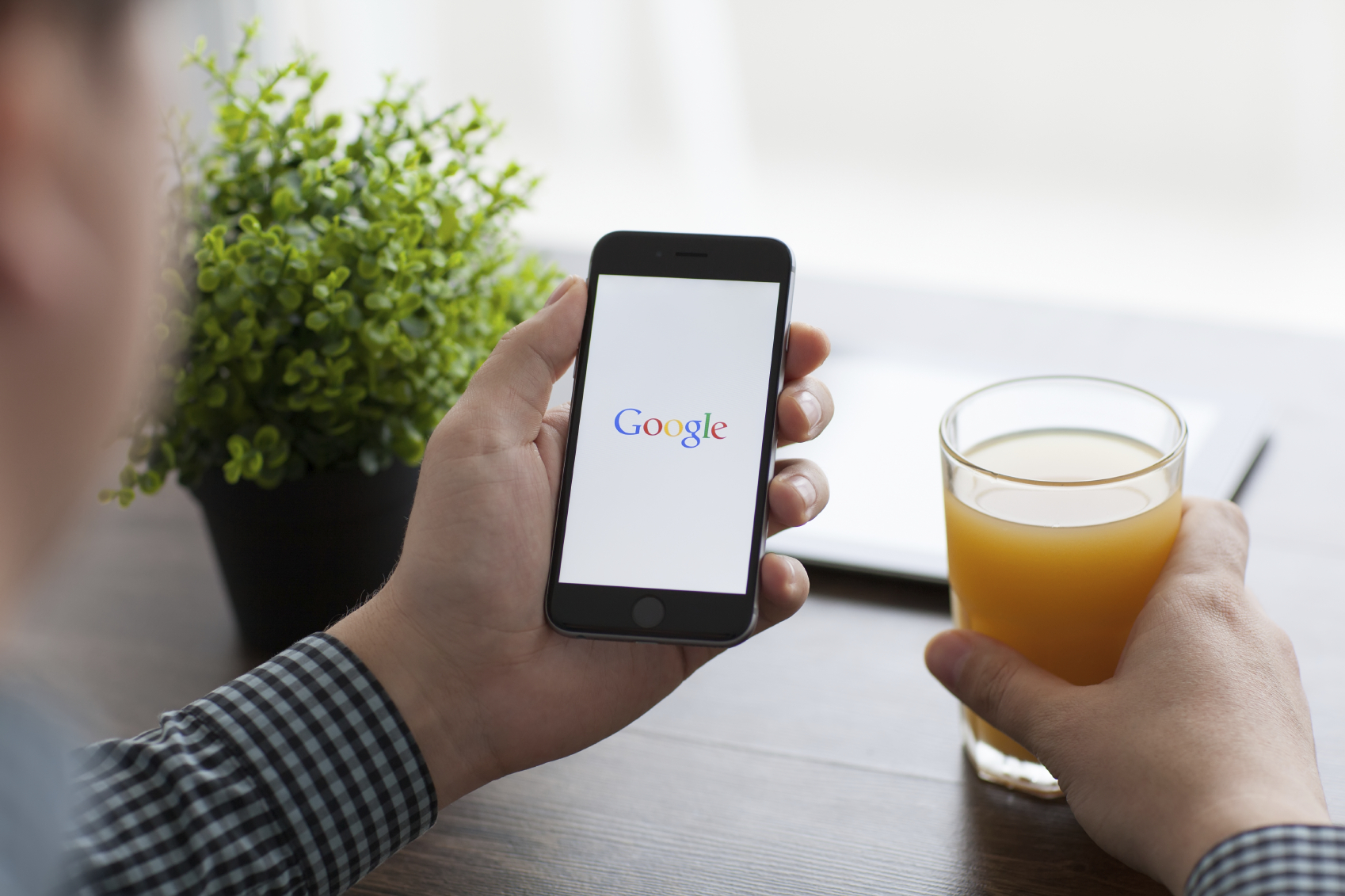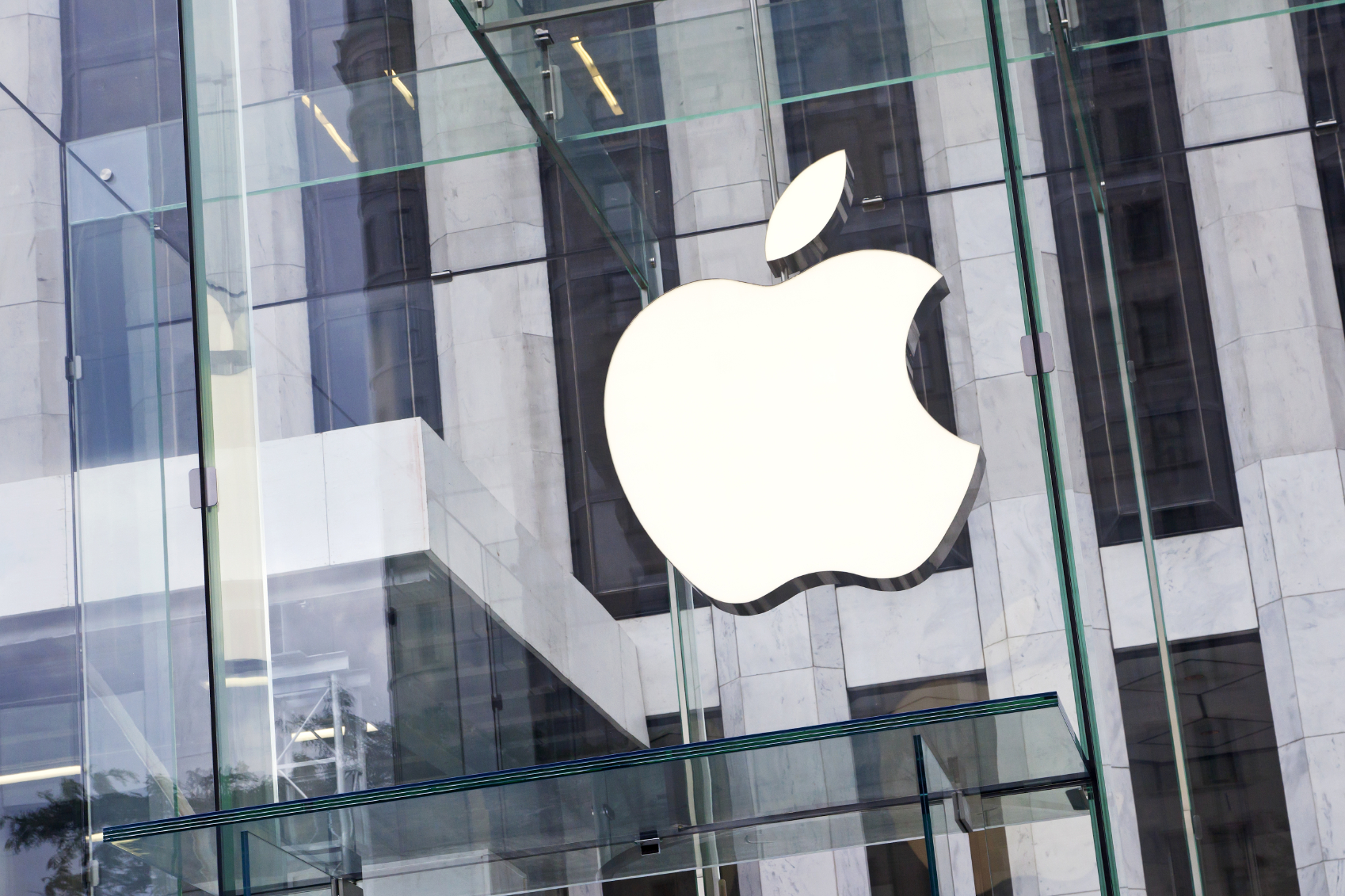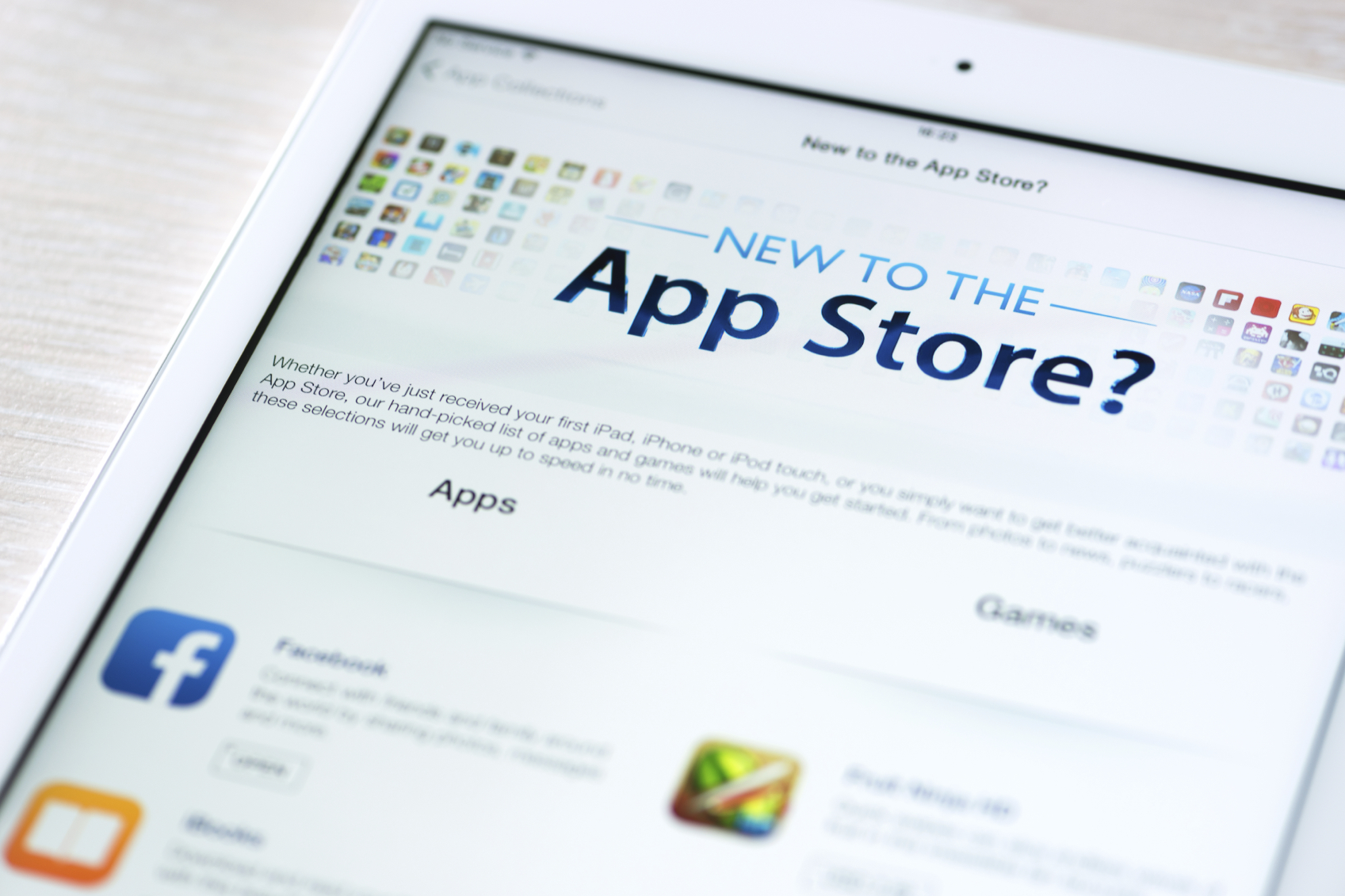Apple is set to kick off this year’s Worldwide Developers Conference (WWDC) with a keynote presentation on Monday at the San Jose Convention Center. Historically, the WWDC events are typically dedicated to introducing software updates, covering iOS and macOS, as well as tvOS and watchOS in recent years. On this front, Apple is expected to unveil the next iteration of iOS, with enhanced security and productive features, along with a refreshed design. The other OS’es should receive their respective updates as well, although details have been scarce.
Notably, however, this may be the year when Apple announces a new hardware product at WWDC, as reports on Apple starting production for a Siri-enabled smart speakers started to emerge earlier this week. The Cupertino company has long been speculated to be working on an Amazon Echo competitor, and Monday could be the moment of truth for Apple to reveal its first conversational smart home product.
For now, the Echo lineup dominates the smart speaker market with an impressive 70.6% market share, according to an eMarketer study. Late to the market, Apple will have to produce a superior user experience and significantly improve Siri’s capabilities in order to catch up.
As always, the Lab team will be watching the event live on Monday and bringing you all the marketing-related implications coming out of Apple’s announcement. Follow us on Twitter @ipglab for our live updates, and remember to check back later this week for our in-depth analysis of all the things marketers need to know.
